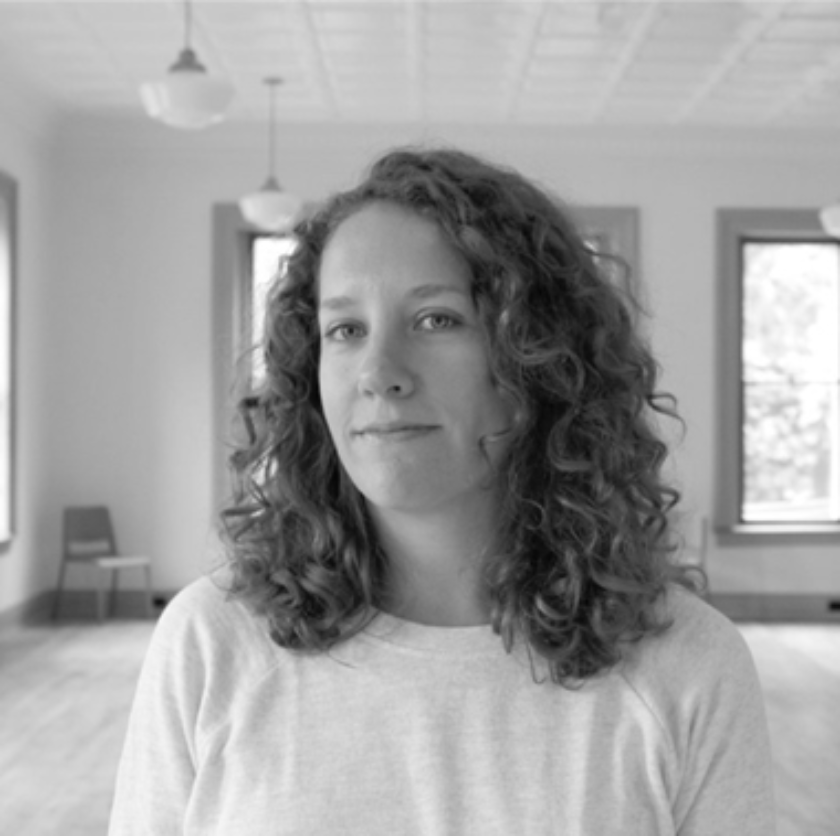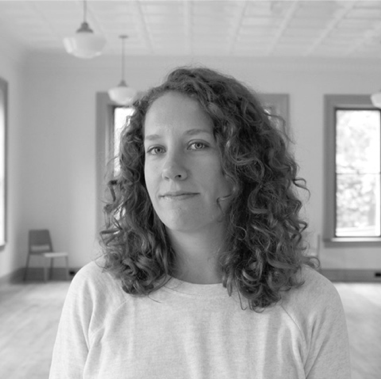
Civic Science Sparks With … Shannon Dosemagen
January 26, 2022
To drive our theories of change, which strategies are most useful and when: Deliberative? Emergent? Both?
These are questions our Civic Science Fellows explored this month with Shannon Dosemagen, who joined the 2021–23 Fellows in their weekly Civic Science Lab earlier this month to share some of her insights on how to build theories of change. A theory of change, as Shannon described, “explains how you’re going to make the impact you want in the world.” It helps you “make decisions with the resources and constraints you have . . . transition from messy moments of creation . . .and define and refine what or who your organization and you are,” as well as better communicate that with collaborators and the wider world. Most important in these processes, Shannon highlighted, are identifying when you can use preset models (deliberate strategy) and when you are moving forward into new terrain without a pre-made map (emergent strategy)—and finding and keeping close a network of people who are in it with you for the long haul.

As a founder of three non-profits focused on advancing community science, open data and technology, and environmental justice, and creator of five open-source communities, 2021–23 Civic Science Fellows host partner and 2020-21 Civic Science Fellow alum Shannon Dosemagen takes on multiple, intersecting roles. Her time in the Civic Fellows Program has been no exception. Shannon joined the inaugural cohort of Fellows while transitioning from her leadership of Public Labs, which she co-founded in 2010 in response to the lack of environmental surveillance data in areas that the BP oil spill directly harmed. Now as a host partner, Shannon is with another organization she was shaping during her fellowship time—the Open Environmental Data Project—where she’s hosting current Fellow Emelia Williams, with support from the Gordon and Betty Moore and Rita Allen Foundations.
Rita Allen Foundation President and CEO Elizabeth Christopherson reached out to Shannon to share some of her insights on what motivates her and her advice on building collaborative civic science work.
Elizabeth Christopherson, President and CEO, Rita Allen Foundation: How would you describe yourself to the network?
Shannon Dosemagen: I’m a Fellow with the Shuttleworth Foundation directing the Open Environmental Data Project (OEDP). I also co-organize the Open Climate community and am a steward of the Gathering for Open Science Hardware, a community (and now organization) I co-founded seven years ago. I am currently hosting one of the Civic Science Fellows through OEDP. While long ago and far away, I am a social scientist by training, I come from a family of New Orleans musicians, engineers, and scientists. The love of music, design, and connecting art, science, and community are deeply important to me.
EC: What inspires you to do the work you do?
SD: I think probably what inspires most of us—early moments and frameworks coupled with the things we experience and learn as we grow. For me this was having parents who were social workers and receiving the early mantra of “community first”; the cities I lived in were places of industry, but growing up in what others see as “industrial wastelands” gives rise to some pretty interesting spaces of creation; taking this grounding, and working with young people to learn about urban ecosystems; growing through jobs that day in and out showed the legacies of bad environmental actions are connected to everything (poor governance, bad scientific practices, capitalism gone awry, racism). So I’m inspired by all the people who sought, in various forms and ways, to create something different from what they have—whether that’s community social workers, kids creating in the left-behind places, frontline activists dedicated to ensuring the basic human right of health. That’s who I wake up for. The places I’ve helped carve out have also given me and my collaborators room to try out new ideas, dream different futures, and then see what we can do to create realities. I’m inspired by people who are there for the long-game vision of change (and roll up their sleeves in the short term).
EC: What’s the best example you’ve seen (or hope to see) of civic science in practice?
SD: Part of civic science is to broadly make stronger bonds and connections between science and society. The examples I’m most excited about are ones that may sit on the fringe of this definition. I love the massive advances that have happened in community science, and I’m excited to see science communication and engagement being thought about in different ways, but I’m really intrigued by the boundary areas and projects that don’t call themselves civic science but are doing interesting work in making key connections between complex concepts, fields of practice, and diverse knowledge systems. For instance: depicting climate grief through pixel art and computer games, building future narratives for a sustainable internet, exploring solastalgia. In a time when the world seems to keep giving us more and more punches, and I’m personally working on complex infrastructural questions, I look to these types of inquiry as sparks of inspiration for my own hope.
EC: What are you most excited about right now?
SD: I’m spending a couple of months away from my home base at the moment and I’m most grateful for the way that being out of my normal place helps me to think differently about the construct of the world. Even things such as looking at construction joinery or the combination of colors in a way I hadn’t thought of reminds me to keep my mind free enough to consider other possibilities. What that means for this question is that we’re never at the end of possibility until we start thinking and acting that way. As difficult as the world can be, it’s also full of inspiration. There’s no point in giving up hope because there’s always a new possibility waiting around the corner. I’m most excited about all the things we haven’t yet tried, tested, and implemented that we will in the next several years.
EC: What’s one piece of advice you’d offer to build collaborative civic science work?
SD: All of us are experts in or at something and providing easy critiques based on that expertise can be a straightforward way to engage with discussions and conversations. The space of civic science is still at the “messy” moment—that wonderful, complicated spot where we’re trying to figure out identity, what connects us, and what differentiates us. As this collaboration builds my advice is to approach each conversation with an open and curious mind, to listen and consider new perspectives, and to see this space as one where we can actively be that difference that we want to see in how science and society connect.